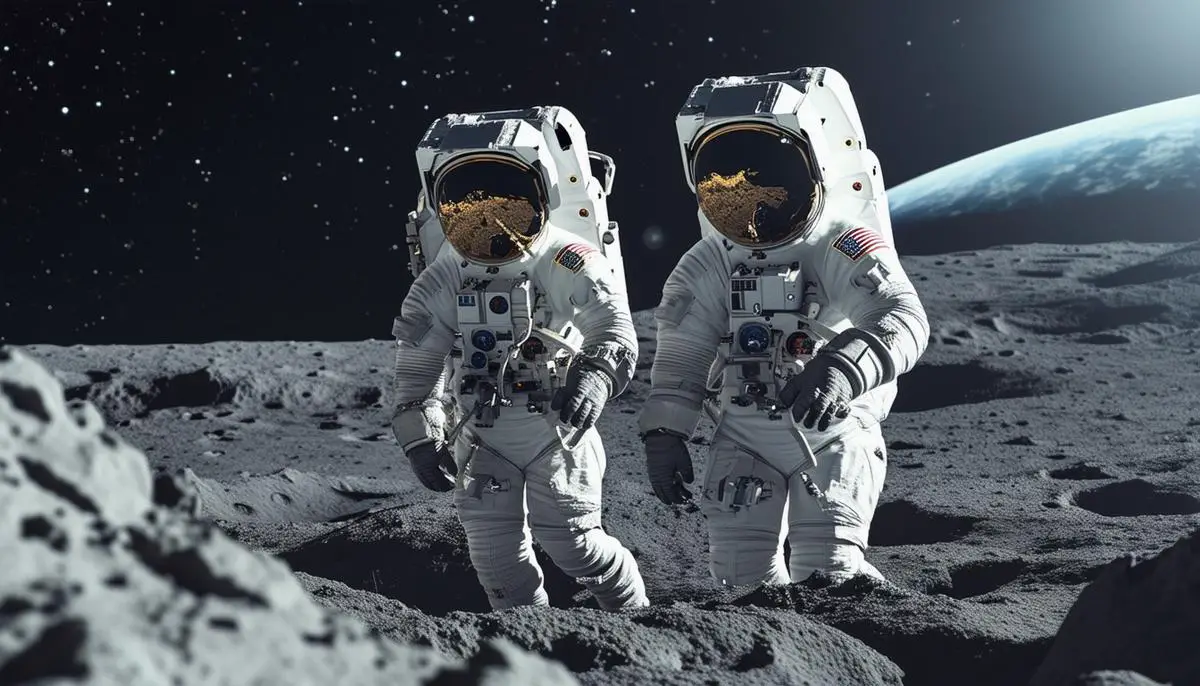Contents
Artemis Team Overview
Christina Koch, 41, is a seasoned astronaut who spent 328 days on the International Space Station, setting the record for the longest single spaceflight by a woman. Her background in electrical engineering and physics from North Carolina State University prepared her well for the challenges of space. Koch was part of the first all-female spacewalk and has experience in extreme environments like Antarctica and Greenland.
Jessica Meir, 43, has an extensive education in biology and space studies from Brown University and the International Space University, along with a doctorate in Marine Biology from Scripps Institution of Oceanography. Meir spent 205 days aboard the International Space Station and collaborated with Koch on historic all-female spacewalks.
Anne McClain, 41, combines military precision with scientific expertise. A West Point graduate with further studies in Aerospace Engineering from the University of Bath, McClain's background as a Senior Army Aviator includes more than 2,000 flight hours across various aircraft.
Kate Rubins, 42, pioneered DNA sequencing in space during her first International Space Station mission in 2016. With a Ph.D. from Stanford, she bridges biological sciences and space exploration, having conducted impactful research at MIT's Whitehead Institute before joining NASA.
Stephanie Wilson, 54, is a veteran astronaut and Harvard and University of Texas at Austin alumnus. Her engineering expertise led her through three space shuttle missions, and she has held significant leadership roles within NASA, including at the Glenn Research Center, guiding astronaut training and mission planning.
Nicole Mann, 43, is a mechanical engineer with training from the U.S. Naval Academy and Stanford University. She is preparing for her first spaceflight aboard Boeing's Starliner, highlighting NASA's commercial crew ambitions. Mann has a decorated Marine Corps background with deployments in combat areas.
Jasmin Moghbeli, 37, showcases aerospace technical prowess and combat-proven leadership. An MIT and Naval Postgraduate School graduate, she has demonstrated readiness for astronautical pursuits through her Marine Corps service, illustrating versatility across multiple aircraft and strategic conditions in combat missions.
Kayla Barron, 33, unites systems engineering from the U.S. Naval Academy with nuclear engineering expertise from the University of Cambridge. Her experiences in Navy submarines and leadership in high-stress environments have prepared her for long-term space missions.
Jessica Watkins integrates strong geological sciences acumen into the astronaut corps. With an education from Stanford and UCLA shaping her geological expertise, her work at Caltech, particularly on the Mars Curiosity rover, aligns with NASA's vision for Mars exploration readiness.
The male counterparts in Artemis also bring diverse expertise and backgrounds, supporting NASA's broader mission objectives from lunar aspirations to Martian ambitions. Together, this robust team combines experience and innovation to undertake some of NASA's most ambitious voyages.
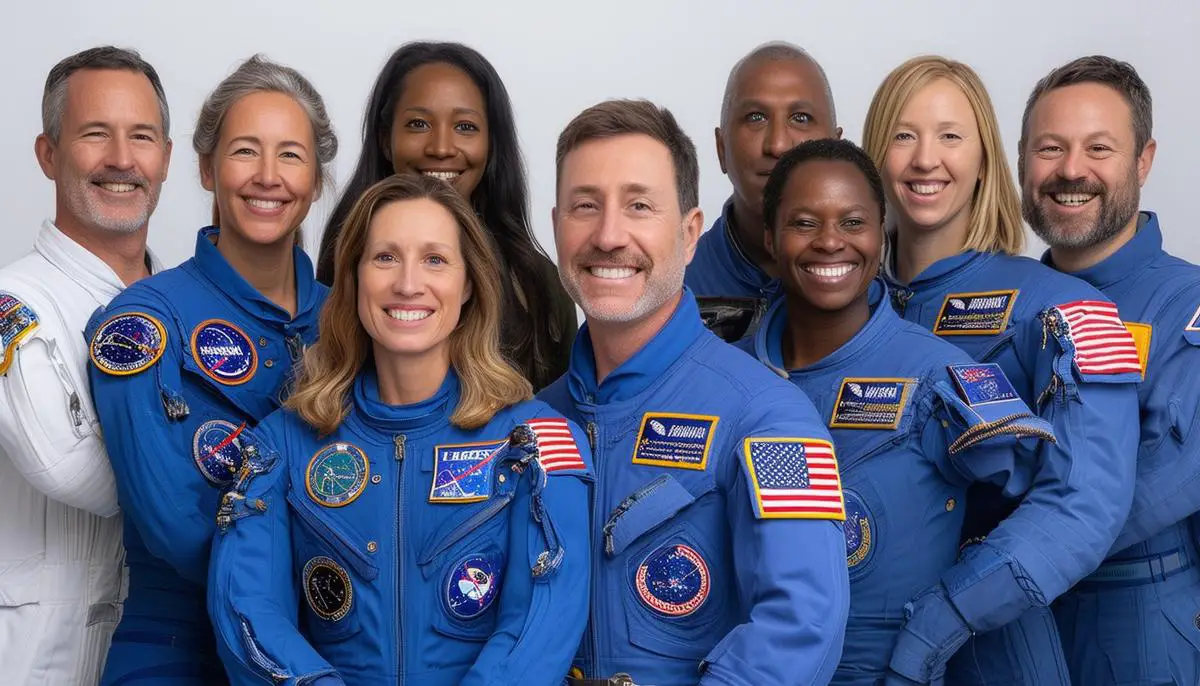
Historic Firsts in Artemis
The Artemis missions are set to achieve groundbreaking milestones that will redefine humanity's presence in space. Notably, Artemis will send the first woman and the next man to the surface of the moon. This achievement will combine expertise and perspectives, enhancing our understanding of the lunar landscape. The astronauts will face the challenges of living in a pressurized habitat on a different celestial body, testing human resilience in extraterrestrial environments.
Artemis also highlights progressive international collaboration in space travel. Artemis II, the program's first crewed mission around the moon, will feature astronauts from both NASA and the Canadian Space Agency. This collaboration underscores the shared interest and collective benefits of space exploration, fostering technical, cultural, and diplomatic bonds. The technological advancements resulting from these shared missions include improvements in spacesuit engineering and flight dynamics, all meticulously prepared to support human life far from Earth.
The Artemis program not only advances human space exploration but also produces a ripple effect on Earth. Knowledge gained from operating in lunar environments and handling foreign materials can catalyze technological spillovers in fields such as energy, robotics, and health. As pioneers, the Artemis astronauts are charting unexplored territories and planting seeds for enduring developments that may one day become integral to daily life on Earth. They are part of a continuum that aims for a sustainable presence on both the Moon and Mars, developing solutions for habitation challenges in environments vastly different from our own.
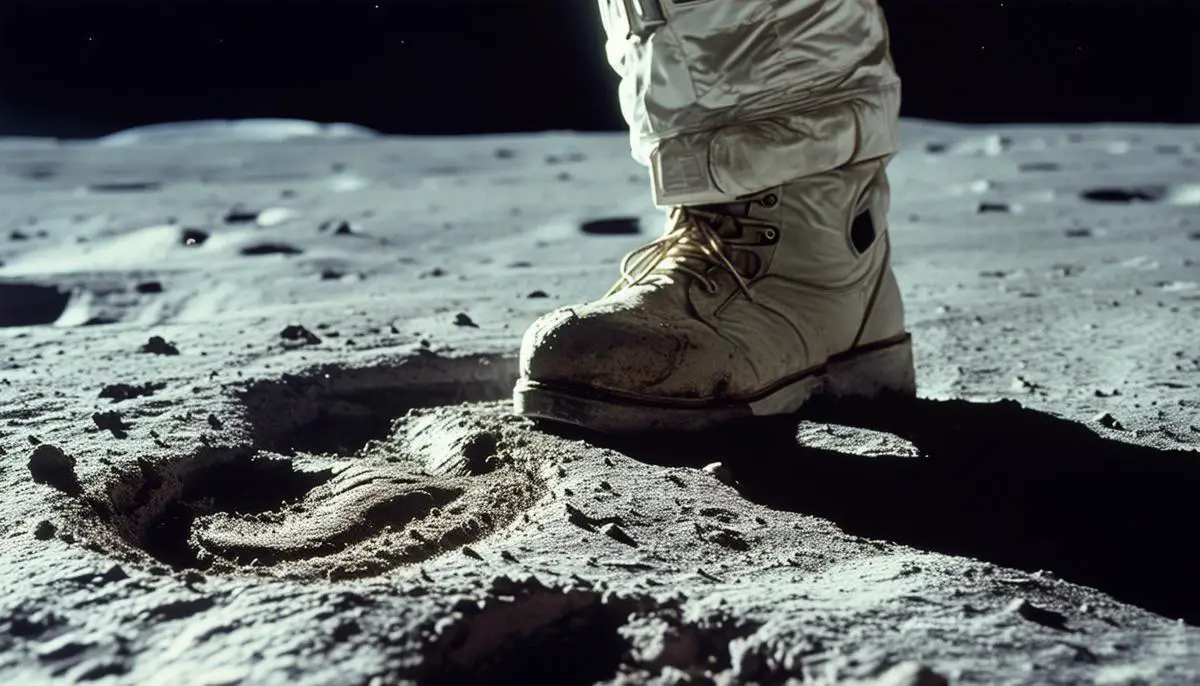
Training and Preparation
The astronauts in the Artemis program undergo an intensive training regimen that is both physically and technologically demanding. Preparing for a pioneering mission like Artemis requires a multifaceted approach, combining traditional spaceflight practices with cutting-edge advancements in space exploration.
At the Johnson Space Center in Houston, the astronauts train using high-fidelity mockups of spacecraft and virtual reality technology that simulates lunar landscapes. They practice scenarios ranging from routine operations to crisis response in hostile environments. Every action and reflex must be flawlessly executed, and training serves as the perfect preparation for the complex technical challenges they will face.
Physical fitness is a crucial aspect of their training. Astronauts experience the demands of spaceflight through spinning centrifuges that mimic gravitational forces and hyperbaric chambers that evoke the pressures of space.1 Strength training and cardiovascular exercises are essential for building the resilience needed for space travel.
Additionally, water plays a crucial role in their training. In Neutral Buoyancy Labs, astronauts rehearse tasks they would perform on the lunar surface or in space, simulating the zero-gravity environment.2 They fine-tune their movements and procedures to ensure they are well-prepared for the challenges ahead.
Collaboration is a key component of the training process, enhanced by international partnerships. NASA works closely with agencies like the Canadian Space Agency to broaden the knowledge base and optimize interagency operations. Astronauts participate in collective simulations, exchanging roles and expertise to foster a global perspective.
Each training exercise and simulation brings the astronauts closer to the reality of the Artemis missions. The countless hours spent honing their skills and adapting to the challenges of space travel prepare them for the monumental task of exploring the moon and paving the way for future human presence beyond Earth.
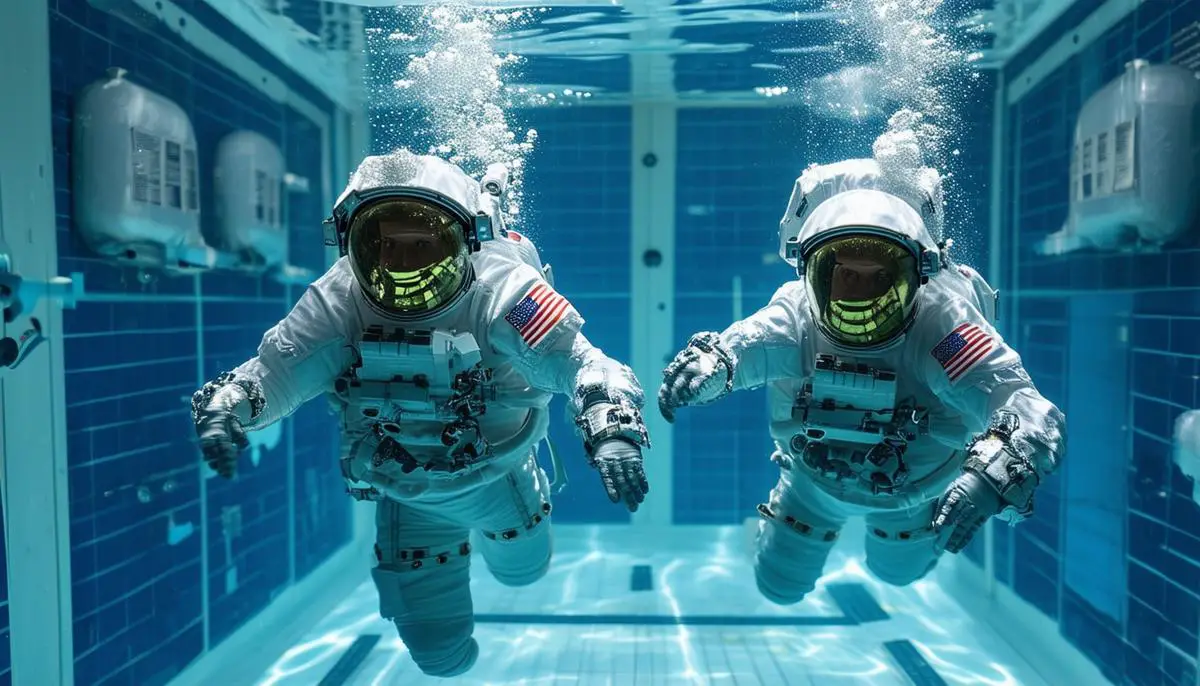
Mission Objectives and Challenges
The Artemis missions aim to achieve ambitious goals that go beyond previous lunar exploration efforts. The primary objectives include:
- Scientific inquiries to broaden our understanding of the moon's resources, such as water ice, which could support life support systems and fuel production, thereby demonstrating economic viability.
- Advancements in mining techniques, precision landing, and the establishment of a sustainable human presence on the moon.
- Development of futuristic habitats designed for extended lunar stays, taking into account the unique challenges of the lunar environment.
However, these ambitious goals come with significant challenges. The irregular and abrasive lunar terrain poses physical obstacles that require innovative vehicular designs and robust navigational systems capable of withstanding the harsh conditions, including the abrasive lunar dust that can impact durability and thermal operation.
In addition to technological and environmental challenges, the astronauts will face psychological hurdles during long-term lunar missions. The solitude and reduced team size create a unique psychological landscape that must be navigated alongside the physical demands of the mission. Maintaining mental well-being and cohesion among the crew is crucial for the success of the Artemis program.
To address these challenges, NASA and its international partners are developing solutions that combine technology and physiology. The astronauts must not only monitor their physical health but also adapt to the psychological demands of isolation and confinement. Through rigorous training and preparation, they learn to balance the technical requirements with the mental fortitude needed to thrive in the harsh lunar environment.
As humanity takes bold steps towards establishing a presence on the moon, the Artemis missions represent a testament to human ingenuity and the drive to explore the unknown. Each challenge overcome brings us closer to realizing the dream of sustainable lunar habitation and lays the foundation for future missions to Mars and beyond.
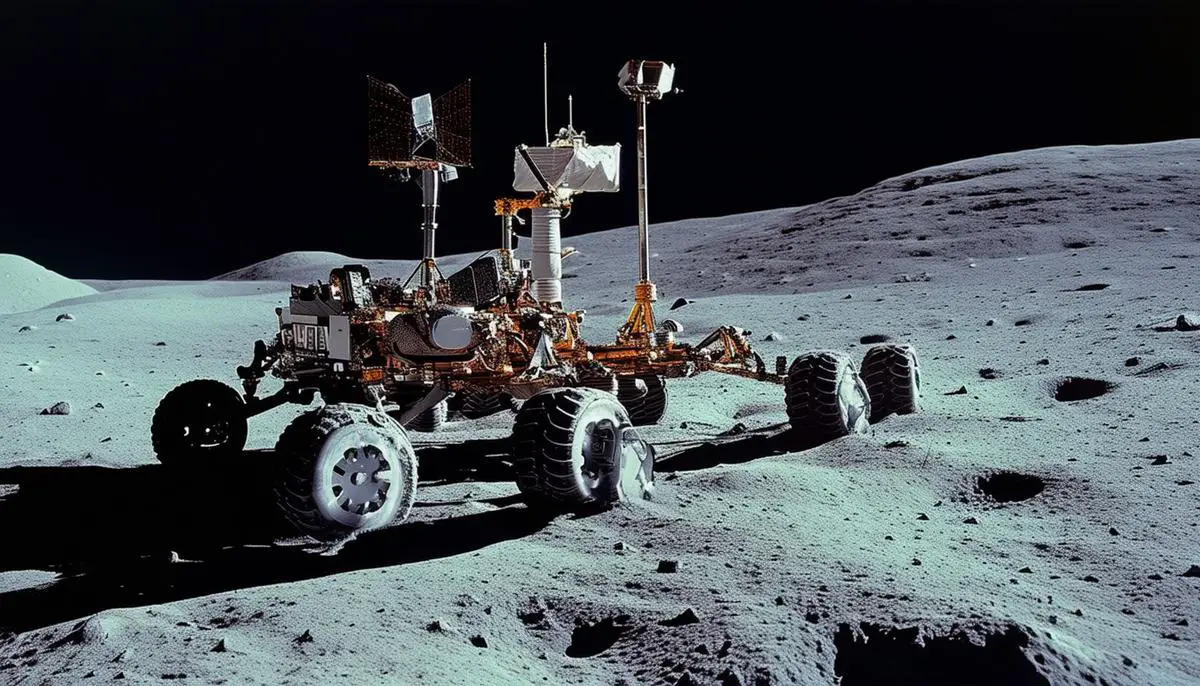
The Artemis missions signify a leap towards sustainable extraterrestrial living. By combining international expertise and pioneering technology, these missions lay the groundwork for future interplanetary endeavors, ensuring that this venture into the cosmos is not just a repeat of past achievements but a step into a new era of space exploration.
- Smith SM, Zwart SR. Nutritional biochemistry of spaceflight. Adv Clin Chem. 2015;68:49-108.
- Courville SW, Jones JA. Spaceflight-induced changes in the human body and their effects on drug pharmacokinetics and pharmacodynamics: a review. Clin Pharmacol Ther. 2020 Apr;107(4):734-744.
